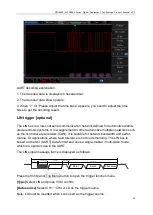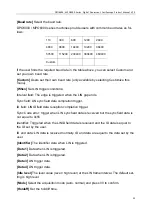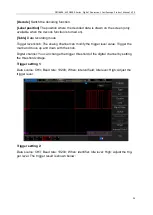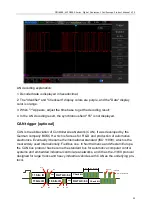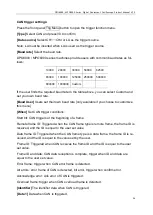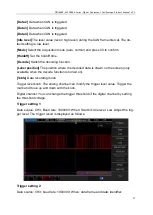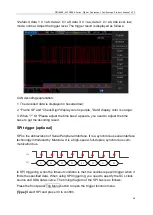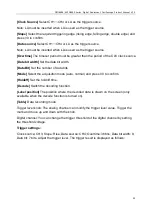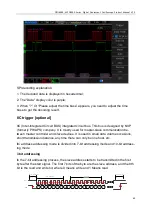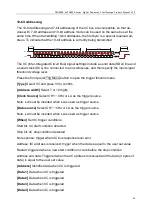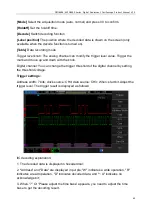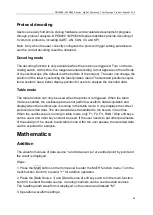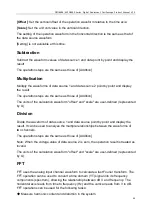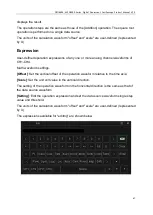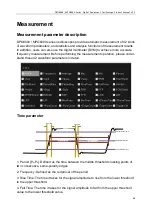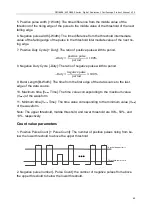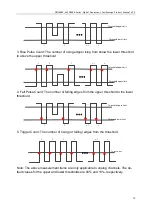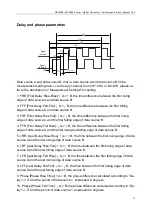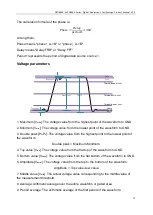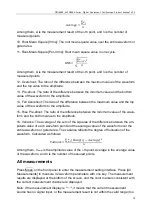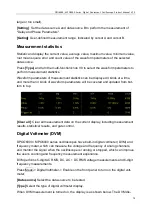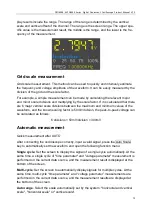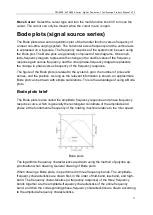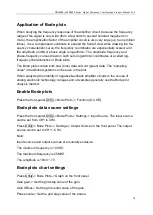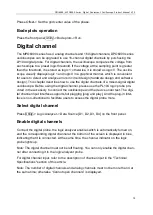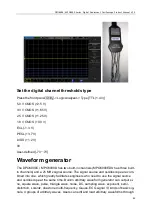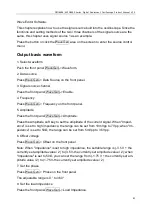
DPO6000, MPO6000 Series Digital Fluorescent Oscilloscope Product Manual V1.3
66
source waveform.
[Auto Scale]: The system can automatically set to the best display state of the FFT
waveform.
Note:
1. Signals with DC components or deviations can cause errors or deviations in the FFT
waveform components. In order to reduce the DC component, the channel coupling of
the data source can be set to "AC" mode.
2. To reduce the random noise and aliasing frequency components of repetitive or sin-
gle pulse events, set the [Acquisition Mode] of the oscilloscope to "Average".
Measure FFT waveform with cursor
To perform cursor measurement, first press
▭
Cursors on the front panel of the oscillo-
scope to turn on cursor measurement. Press the [Mode] soft key to select manual or
tracking. Use AX and BX cursors to measure the frequency and the difference between
the two frequencies (BX-AX). Use AY and BY cursors to measure amplitude and ampli-
tude difference (BY-AY).
Integral
Calculate the points for the specified data source. For example, you can use integrals
to calculate the energy of a pulse or measure the area under a waveform.
The operation steps are the same as those of the [Addition] operation, and the integral
operation is performed on a single data source.
The units of the calculation waveform "offset" and "scale" are user-defined (represented
by U).
Differential
Calculates the discrete-time derivative of the specified data source. For example, a dif-
ferential can be used to calculate the instantaneous slope of a waveform.
The operation steps are the same as those of the [Addition] operation, and a differential
operation is performed on a single data source.
[Setting]: Set the single-step value of differential operation waveform display.
The units of the calculation waveform "offset" and "scale" are user-defined (represented
by U).
Square root
Calculates the square root of the specified data source waveform point by point and

